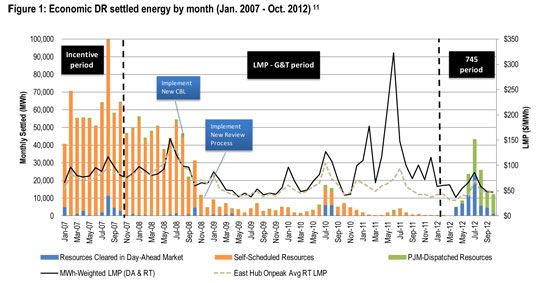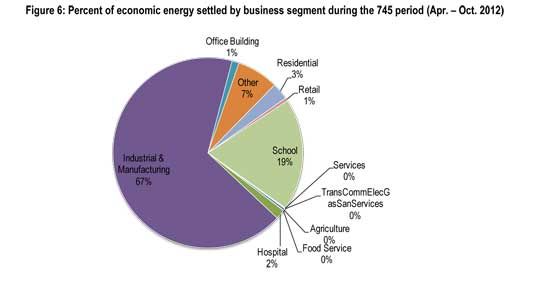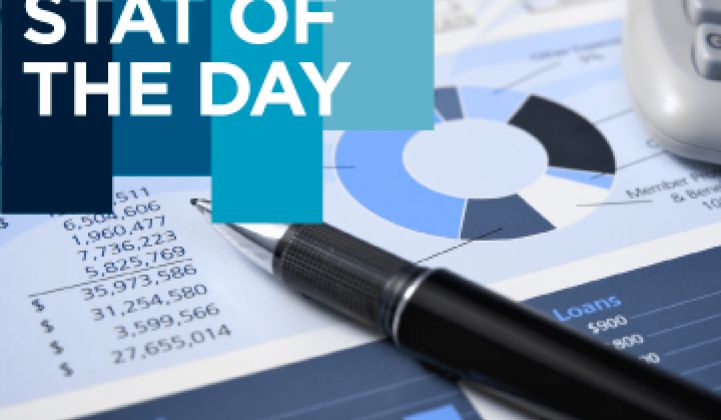Payments for economic demand response in the PJM Interconnection generated $8.7 million in revenue for seven months in 2012, compared to $7.1 million for the 41-month period from November 2008 through March 2012, according to a new report from PJM.
The significant increase stems from of FERC’s Order 745, which ruled that economic demand response needs to be paid the full wholesale price (when it’s above the net benefits threshold), whereas before it was paid the difference between the wholesale price and the retail price for generation and transmission.
The payments from April to October 2012 went to a small number of large customers that committed more than 10 megawatts. The new rules, PJM said in its recent report, should also be good for aggregate demand response, in which curtailment providers offer up bundled loads from different places, although there isn't proof of that yet.

Even though the participation rate is far higher than it has been in recent years, it isn’t nearly as high as it was in 2007 and 2008. But now that the monthly number of megawatt-hours settled is more closely correlated to the megawatt-hour weighted average wholesale price, “it means we can expect more megawatt-hours to be settled when wholesale prices are higher and that this relationship is a little better during the 745 period than during the incentive period, although this is based on a limited number of months observed,” PJM stated.
Even though the prices will act as an incentive, the vast majority of DR is still coming from industrial and manufacturing, with retail, office buildings, residents and hospitals making up only a small fraction of the total. Some in the industry have questioned whether FERC's 745 is the best way to incentivize various sectors to participate in DR.

In PJM, there is a huge reserve of demand response capability, but only a small fraction of that is delivered when prices aren’t high enough. And while PJM once opposed the rule from FERC, it’s now on board.

Looking forward, PJM sees an opportunity for far more participation, especially since the majority of emergency demand response resources have not yet participated in the economic DR market.



